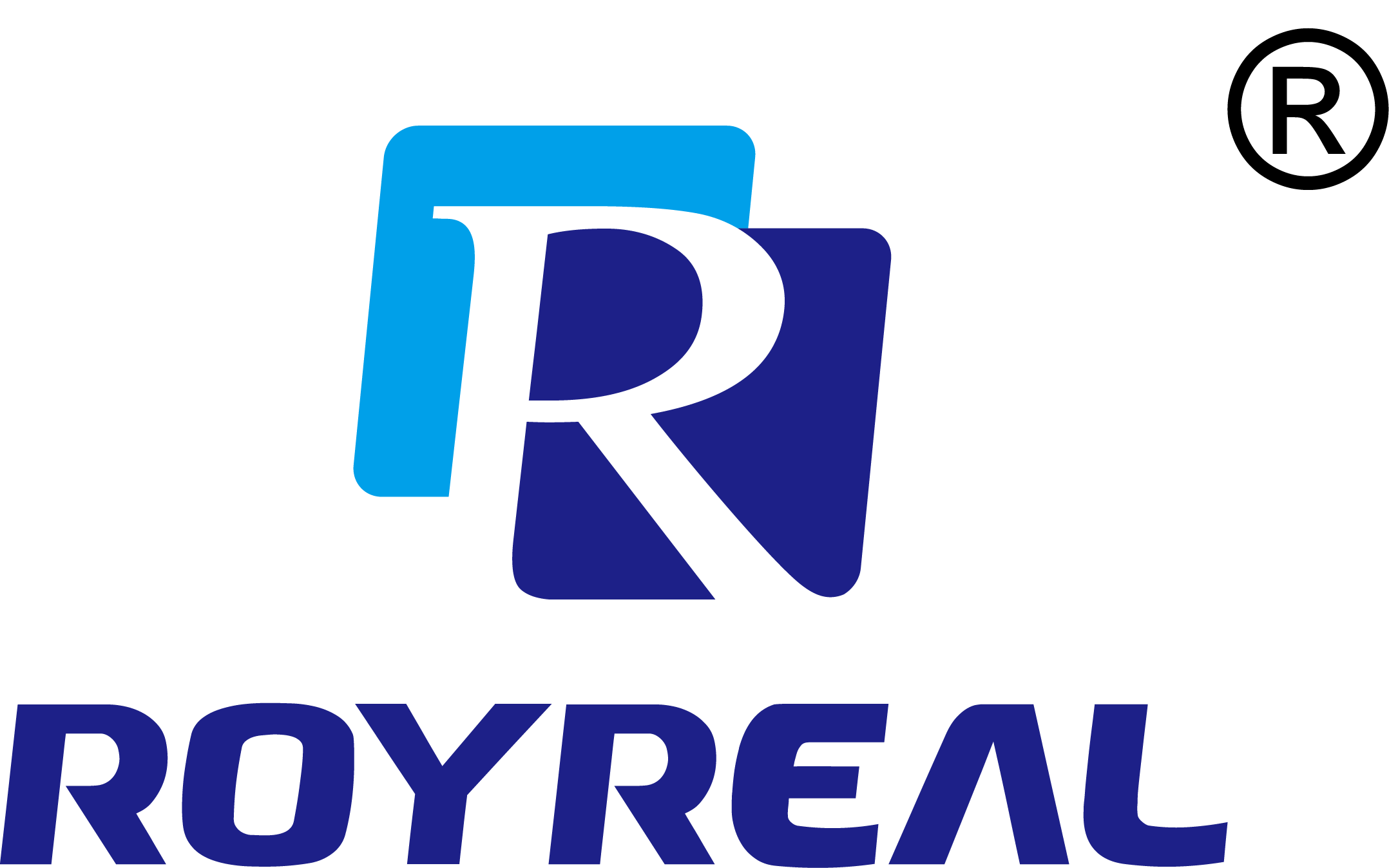The Importance of Wet Test Gas Flow Meters in Cryogenic Applications: Ensuring Accurate Measurements in Extreme Conditions
Category: Industry News
Time:2024-12-09
Table of Contents:
1. Introduction
2. Understanding Cryogenic Applications
3. The Challenges of Measuring Flow in Cryogenic Conditions
4. What are Wet Test Gas Flow Meters?
5. How Wet Test Gas Flow Meters Work
6. Benefits of Wet Test Gas Flow Meters
7. Applications of Wet Test Gas Flow Meters
8. Frequently Asked Questions (FAQs)
9. Conclusion
**1. Introduction**
In the realm of cryogenic applications, accurate measurement of gas flow is of utmost importance. Whether it's in the aerospace industry, energy sector, or scientific research, ensuring precise and reliable measurements is crucial for operational efficiency, safety, and quality control. This article delves into the significance of wet test gas flow meters in cryogenic applications and their vital role in maintaining accurate measurements even in extreme conditions.
**2. Understanding Cryogenic Applications**
Cryogenic applications involve the handling and manipulation of materials at extremely low temperatures, typically below -150°C (-238°F). These applications are prevalent in industries like healthcare, aerospace, energy, and research, where the use of cryogenic gases and liquids is essential for various processes. However, accurately measuring the flow of these substances presents unique challenges due to their extreme temperatures and properties.
**3. The Challenges of Measuring Flow in Cryogenic Conditions**
Measuring flow in cryogenic conditions poses several challenges primarily because of the low temperatures involved. Standard flow meters may not function optimally under such extreme conditions, leading to inaccurate readings and potential safety hazards. Cryogenic fluids can cause issues like condensation, freezing, and gas phase changes, which can drastically affect flow measurement accuracy. To overcome these challenges, specialized flow meters, such as wet test gas flow meters, are designed to handle cryogenic applications effectively.
**4. What are Wet Test Gas Flow Meters?**
Wet test gas flow meters are specifically designed to measure the flow rates of wet gases in cryogenic applications accurately. These flow meters are equipped to deal with the challenges posed by cryogenic conditions, such as the presence of moisture, varying gas compositions, and low temperatures. Wet test gas flow meters ensure precise measurements by accounting for the changes in gas density, viscosity, and phase that occur in cryogenic environments.
**5. How Wet Test Gas Flow Meters Work**
Wet test gas flow meters employ advanced technologies to measure the flow of cryogenic gases accurately. They utilize principles such as differential pressure, thermal dispersion, or turbine rotation to determine the flow rate. These flow meters are calibrated to account for the unique characteristics of wet gases in cryogenic conditions, enabling accurate measurements even in extreme environments.
**6. Benefits of Wet Test Gas Flow Meters**
Wet test gas flow meters offer several advantages in cryogenic applications:
- Accurate Measurements: Wet test gas flow meters are designed to provide precise and reliable measurements, even in extreme cryogenic conditions. By accounting for changes in gas properties, these flow meters ensure accurate readings, contributing to enhanced process control and efficiency.
- Improved Safety: Cryogenic applications involve volatile substances and extreme temperatures, making safety paramount. Wet test gas flow meters help in maintaining safe operations by providing accurate flow measurements, which enable effective monitoring and control of cryogenic processes.
- Enhanced Efficiency: Accurate flow measurements offered by wet test gas flow meters allow for optimized process control and improved efficiency. Industries such as aerospace and energy can leverage these meters to achieve better performance, reduced waste, and cost savings.
- Versatility: Wet test gas flow meters are designed to handle a wide range of gases and liquids commonly used in cryogenic applications. Their versatility makes them suitable for various industries, including healthcare, aerospace, energy production, and scientific research.
**7. Applications of Wet Test Gas Flow Meters**
Wet test gas flow meters find applications in a multitude of industries and processes:
- Aerospace: Wet test gas flow meters play a crucial role in measuring the flow of cryogenic fuels and oxidizers in rocket engines, ensuring optimal performance and safety during space missions.
- Energy: In the energy sector, wet test gas flow meters are utilized to measure the flow of cryogenic gases in liquefied natural gas (LNG) production and storage facilities, enabling accurate billing, process optimization, and safe operations.
- Research and Development: Wet test gas flow meters are essential tools in cryogenic research, allowing scientists to measure and study the flow of gases and liquids at extremely low temperatures. These meters aid in advancing technologies and developing new materials for various industries.
**8. Frequently Asked Questions (FAQs)**
Q1. Can wet test gas flow meters measure the flow rate of both gases and liquids in cryogenic environments?
Q2. How do wet test gas flow meters handle changes in gas composition in cryogenic applications?
Q3. Are wet test gas flow meters suitable for measuring the flow of corrosive cryogenic fluids?
Q4. What are the calibration requirements for wet test gas flow meters in cryogenic applications?
Q5. Can wet test gas flow meters operate reliably in low-pressure cryogenic systems?
**9. Conclusion**
In conclusion, wet test gas flow meters play a crucial role in cryogenic applications by ensuring accurate measurements in extreme conditions. These specialized flow meters offer precise readings, enhanced safety, improved efficiency, and versatility in various industries such as aerospace, energy, and research. By utilizing wet test gas flow meters, organizations can optimize their cryogenic processes, achieve better performance, and maintain a competitive edge in their respective fields.
Keywords:
 EN
EN RU
RU SP
SP
